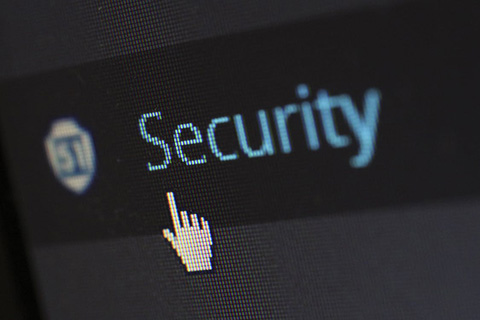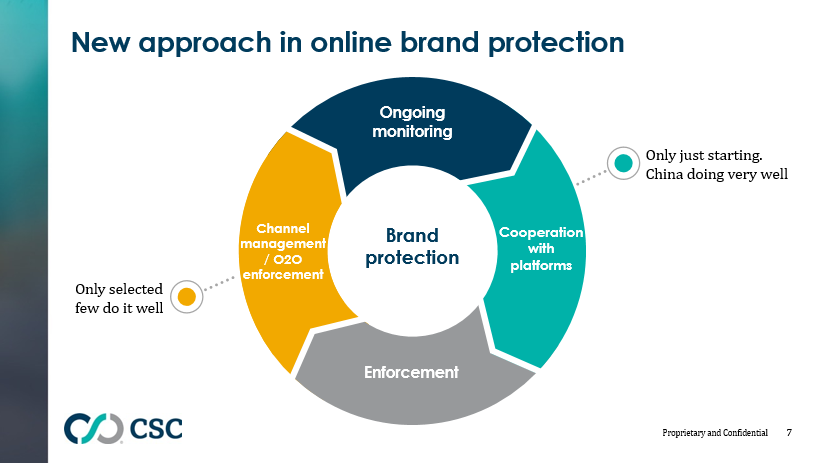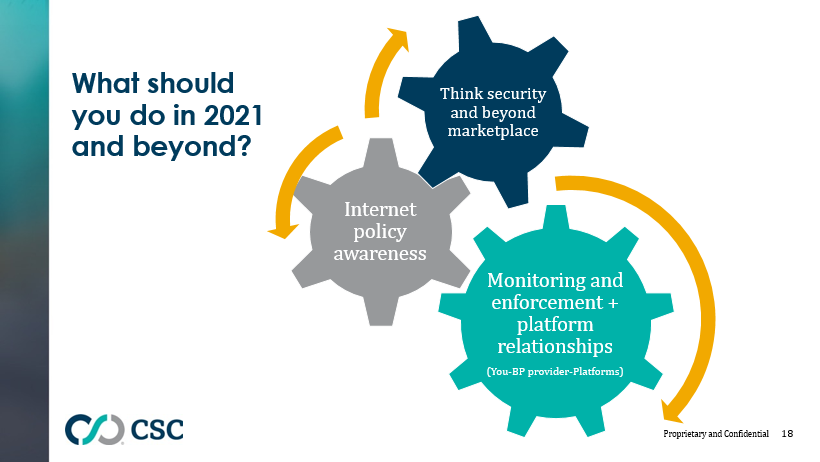Did not receive verification mail? Please confirm whether the mailbox is correct or not Re send mail

Vapor
- 2021-02-02 09:36:18
Brand Protection beyond the whack-a-mole approach
Lockdowns and social distancing guidelines have forced people to buy online in most countries. According to recent statistics, U.S. eCommerce revenue has grown by 110%, EU 69%, APAC 45%, and the rest of the world 200% YoY.
As the number of e-commerce platforms grows, it will be harder for brand owners to create and nurture meaningful cooperation with every platform in direct enforcement operations or programs.
Smaller emerging boutique eCommerce sites may not have the resources nor experience to implement effective programs to protect brand owners.
Aside from counterfeiting issues where products are concerned, brands hold a lot of customer data. Phishing and cyber security breaches impact a brand’s revenue and reputation and should be concerns for brands as well.
During the pandemic, we are noticing, are more nations drawing boundaries and imposing their internet and data privacy laws. More countries are safeguarding their national interests, protecting local supply and exports, supporting local industries etc. This deglobalization of the world will fragment the internet. It is also reshaping the global supply chain and localizing brand infringement.
A lot brand protection resources are current focused on Mainland China, but if supply chains shift to Latin America and Southeast Asia, brand protection managers may need to rethink their strategy.
The EU’s General Data Protection Regulation or GDPR has, as a consequence, caused most of the domain WHOIS records to be redacted, significantly reducing our ability to conduct online enforcement. The WHOIS redaction debate doesn’t happen in European parliament, but at ICANN (the organization responsible the coordination of the internet ecosystem), through a process called EPDP.
On one hand, human rights activists, who are typically very vocal, and some governments want to redact everything, on the other hand, we have law enforcement, and some other governments wanting some disclosure. But the pro-redaction camp is winning, because in the ICANN world, you also have registries, registrars, and the hosting providers, all of whom do not want any disclosure. A registrar has even stopped collecting any information at all.
But what is the sentiment of the business and IP communities, and is their voice heard where policies are made? Brand owners often ask:

Alban Kwan, regional director, East Asia at CSC, recently delivered the keynote addressing how Internet policy impacts businesses and how brand protection managers can be successful.
A seasoned brand and fraud expert from one of the world’s largest global financial institutions, once lamented over a major attack where multiple fraudulent websites will pop up every single day. All attacks were launched from the same registrar and web hosting company, and no matter how much they reached out to these providers, they received the same reply: “we will pass on your request to the registrant or site owner”, and then nothing happens. The brand and fraud specialist felt like he was playing Whack-a-mole – IT NEVER ENDS, asking why was the registrar and webhost not getting into trouble for harboring the criminal, and there was nothing he could do?
The answer could lie in the approach we take for online brand protection, and whether we are contributing to stop the Whack-a-mole game. Traditionally, most companies employ ongoing online brand monitoring, then enforce on it. But it doesn’t change the fact that this will never fundamentally change the game—the endless cycle of detection and enforcement.

In recent years, some brand owners have started doing things a little differently. They have started to cooperate directly with platforms and some also conduct online-offline joint operations. While these are extremely good measures, it may still be inadequate, because the world is changing. There are 3 trends we are observing:
1.Proliferation of eCommerce during COVID-19
2.Deglobalisation and shifts in supply chains
3.Growing ideology conflict.
oWho is the infringer?
oCan I get the information to prosecute?
oHow can I get the registrar to take action?
If we need to find out who is the infringer, get information or even find a better way to get a registrar to take action, then we need to start paying attention to the Internet policies that impact their brand protection strategies.
There are numerous Internet policies that are critical in determining the success of a brand protection manager.

Take DMCA for example, it established that “online service providers” are not accountable for infringements using its service (if certain conditions are met i.e. safe harbor). As a result, while many registrars claim that they have no access or control over the content, therefore, they’re not obliged to take action, many ISPs will simply reply that they have passed on our message as they are not held liable. However, some newer copyrights regulation such as the EU Digital Single Market copyright directive, and some new laws in China, may mitigate the issue of platforms not being held accountable.
Some internet policies have global effects, such as the Rights Protection Mechanisms currently in revision at ICANN. Some policies are local in nature, such as the UK IP protection pilot program, that allows providers such as CSC to use a different method for takedown infringements.
Some internet policies are not intended to be Internet policies, but can impact and change the landscape of how online world works. For example, the China’s anti-monopoly rule, may allow boutique e-commerce platforms to thrive in China, which in turn will change how you should conduct online brand protection.
We believe it will be important that the business community needs to act together so that we can influence the development of all these policies at various levels.

3 recommendations for brand owners:
1.We should continue to do the basics, which is the monitoring, enforcement and developing platform relations – involving 3-ways partnership among brand stakeholders, brand protection provider (as the workload is going to be heavier with more emerging platforms), and the platforms.
2.Businesses to start paying more attention and play active roles in Internet Policy development; there are numerous forums for enterprise engagement.
3.Think Security and think of Brand Protection beyond just anti-counterfeit. DATA is king; brand protections also means things like anti-fraud, anti-phishing, protecting the brand on social media, APP store and standalone websites.
To listen to the full keynote by Alban Kwan, watch the recording (from 3:15m) here. >>
Source:iprdaily.com
Editor:IPRdaily-Vapor
- I also said the two sentence
- Also you can enter 140words






